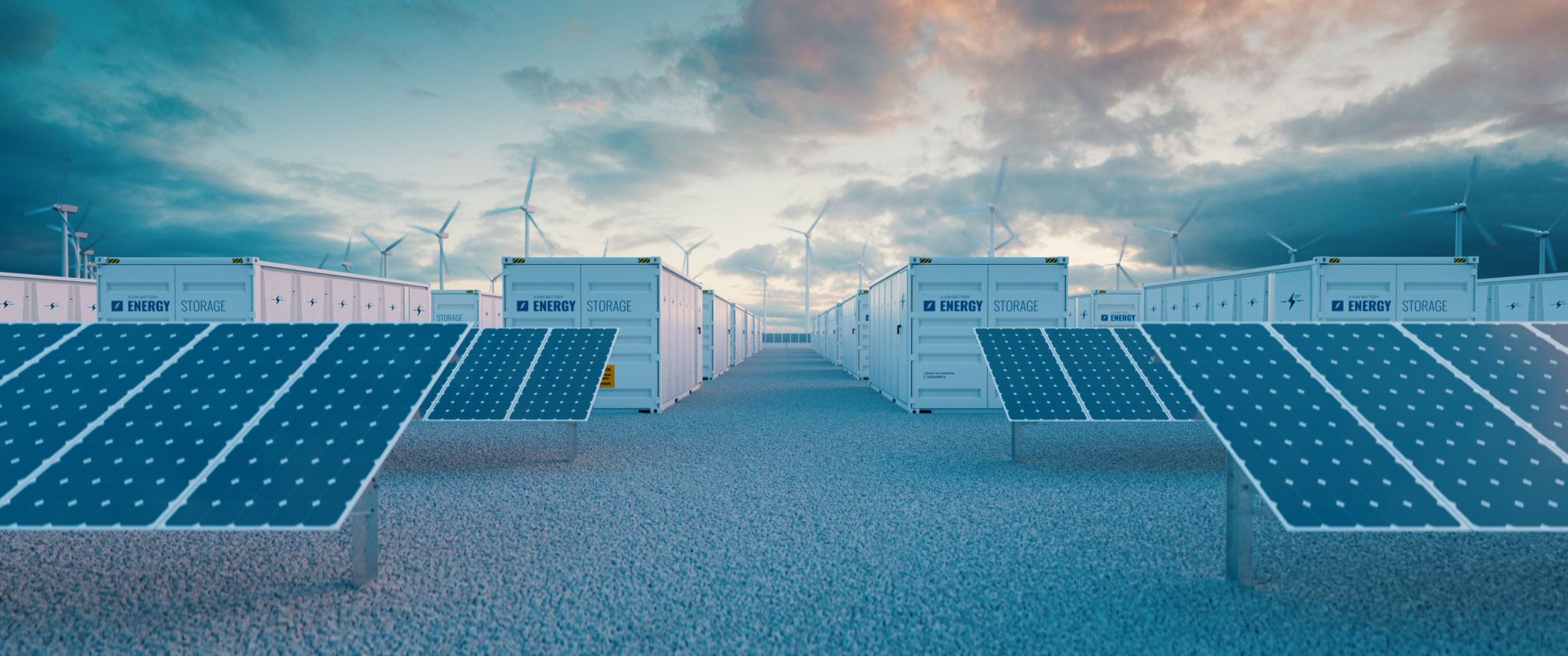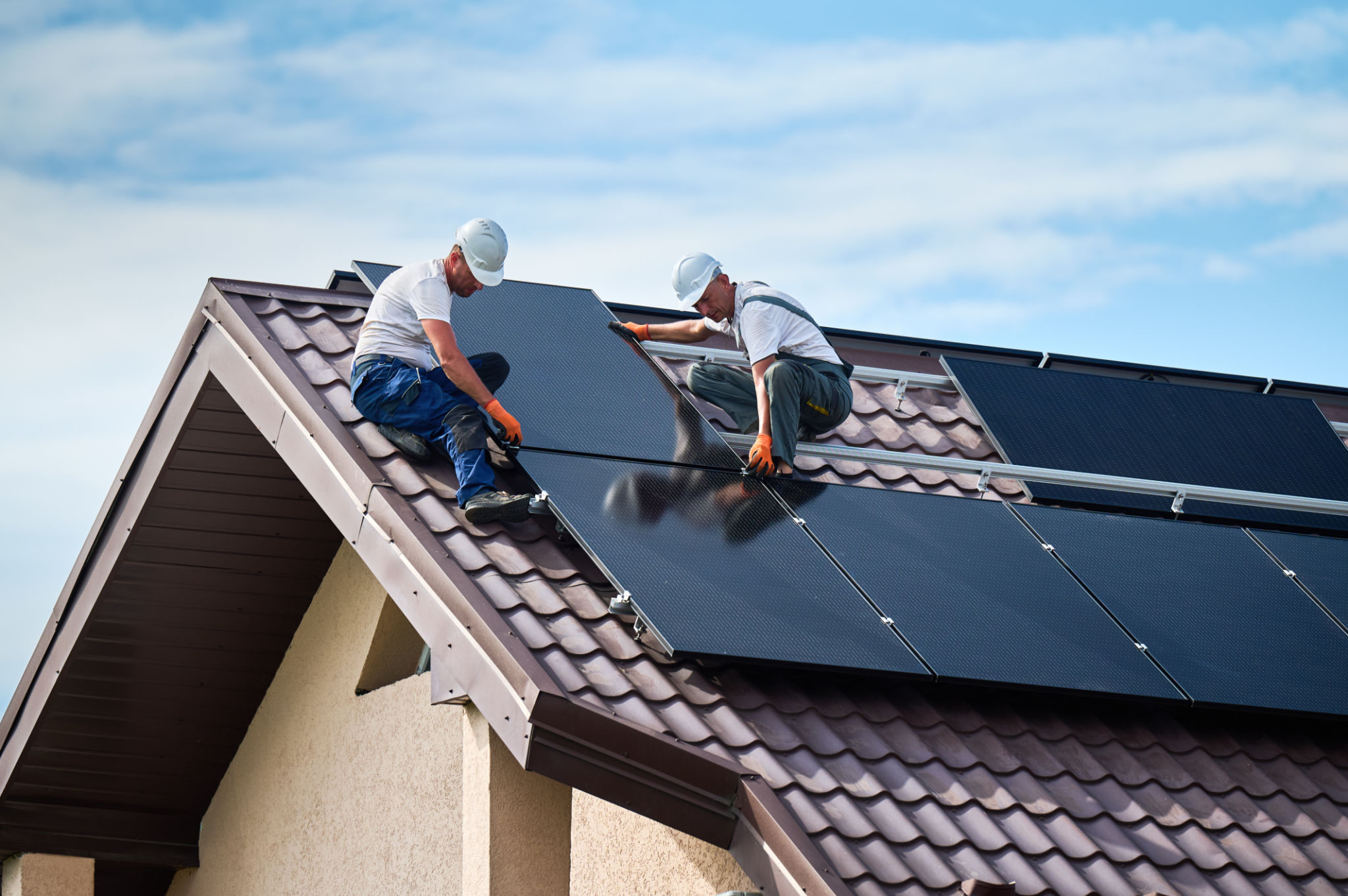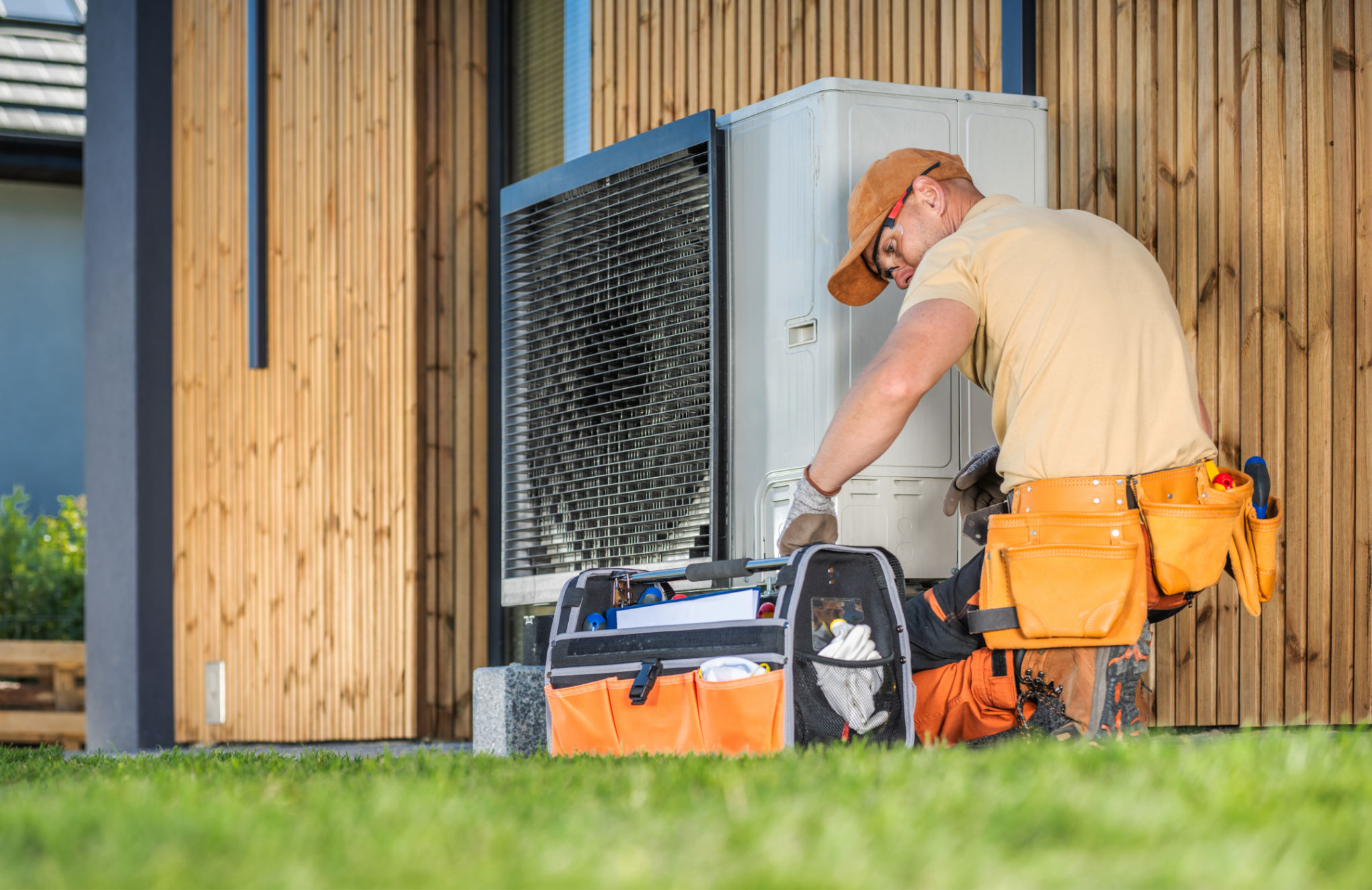How to Prepare Your Home for a Solar Battery Storage System in South Australia
Understand the Basics of Solar Battery Storage
Installing a solar battery storage system in your South Australian home is a great way to enhance your energy efficiency and reduce electricity bills. Before diving into the installation process, it's crucial to understand the basics of how these systems work. Solar batteries store the excess energy generated by your solar panels for use when the sun isn't shining, ensuring a continuous power supply.
In South Australia, where sunshine is abundant, solar battery storage can maximize your solar panel investment. Understanding the specific needs of your home, including your average energy consumption and peak usage times, will help tailor the right system for you.

Assess Your Energy Needs
Before installing a solar battery storage system, assess your home's energy requirements. This involves calculating your household's average daily and annual energy usage. Look at your electricity bills to determine peak usage times and understand how much energy you typically consume.
A comprehensive energy assessment will guide you in selecting a solar battery with the right capacity. It's essential to choose a battery that can store enough energy to meet your needs during power outages or cloudy days.
Check Your Current Solar Setup
If you already have solar panels installed, evaluate their compatibility with a new battery storage system. Most modern solar systems are compatible with batteries, but older systems might require upgrades or additional components.
Ensure that your existing inverter is compatible with the new battery. You might need a hybrid inverter if you're planning to integrate battery storage into an older system. Consulting with a professional installer can help determine any necessary upgrades.

Choose the Right Location for Installation
Deciding on the ideal location for your solar battery is crucial for optimizing its performance and lifespan. The battery should be installed in a cool, dry area away from direct sunlight or extreme temperatures, such as a garage or utility room.
Accessibility is another important factor; make sure the location allows easy access for maintenance and monitoring. Additionally, consider safety aspects, such as keeping the battery out of reach of children and pets.
Consider Professional Installation
While some homeowners may feel confident in installing their own solar battery systems, professional installation is often recommended to ensure safety and efficiency. Certified installers possess the knowledge and experience to handle complex electrical systems and ensure compliance with local regulations.

Hiring a professional can also provide peace of mind that your system will be installed correctly and efficiently. They can offer valuable advice on system optimization and maintenance.
Plan for Future Expansion
When preparing for a solar battery storage system, consider future expansion possibilities. As technology advances, you may want to add more panels or upgrade your battery capacity. Ensuring that your initial setup can accommodate these expansions will save time and money in the long run.
Discuss potential expansion plans with your installer to ensure that your current system can easily integrate additional components as needed.
Monitor and Maintain Your System
Once your solar battery storage system is up and running, regular monitoring and maintenance are essential to keep it operating efficiently. Utilize monitoring apps or systems provided by the manufacturer to track performance and identify any issues early.
Regular maintenance checks, such as cleaning panels and inspecting connections, will help extend the lifespan of your entire solar setup. Establishing a routine maintenance schedule can prevent costly repairs down the line.
